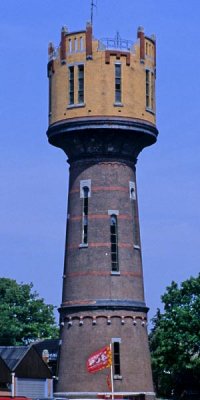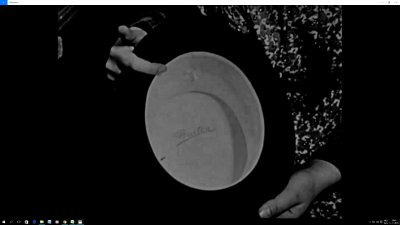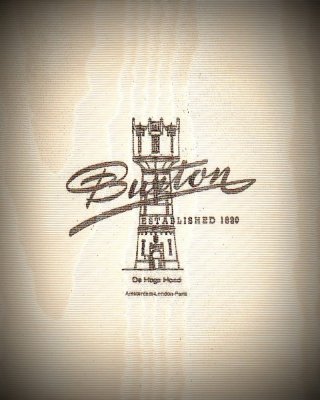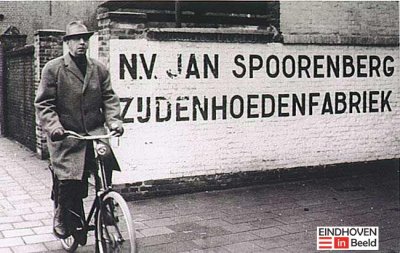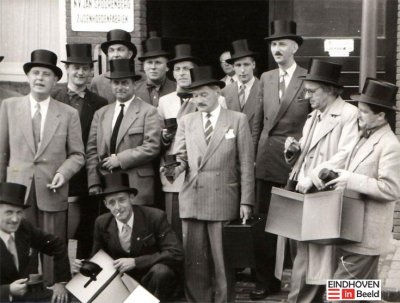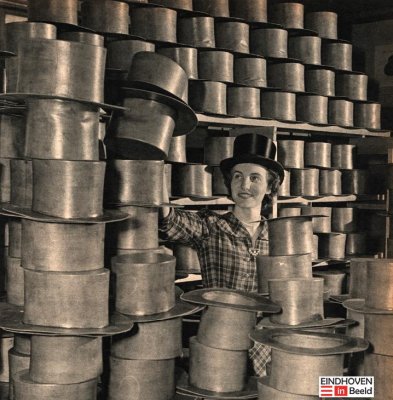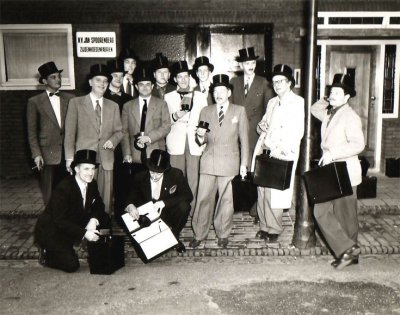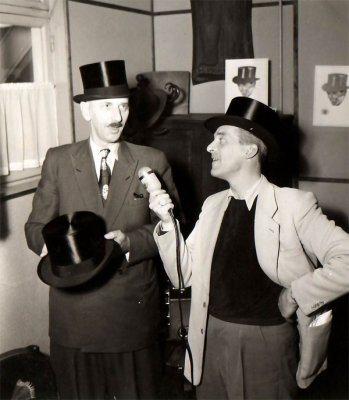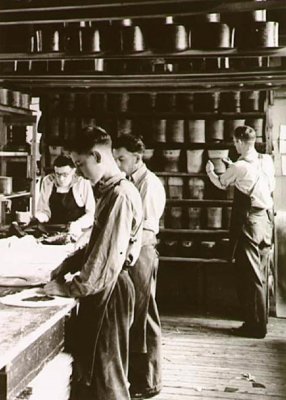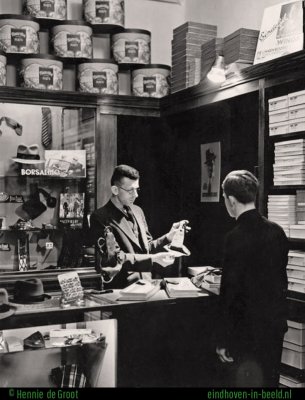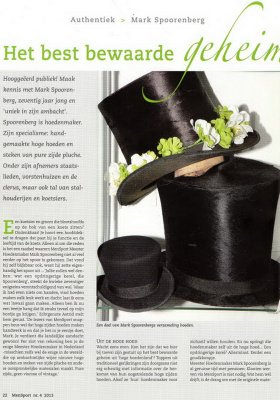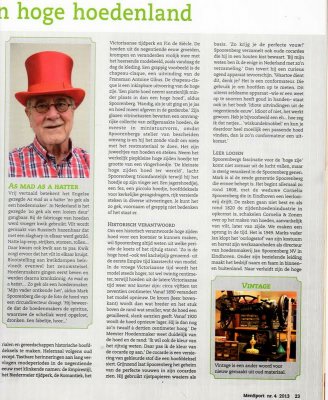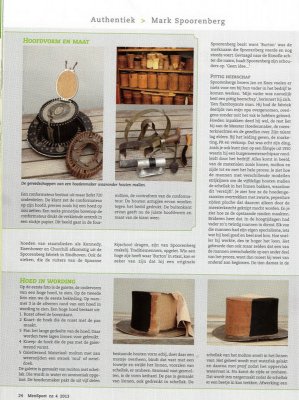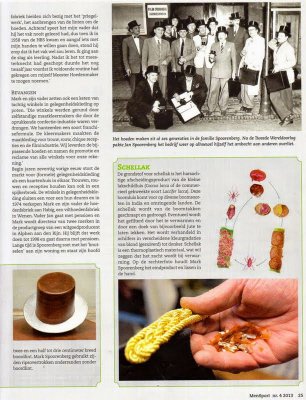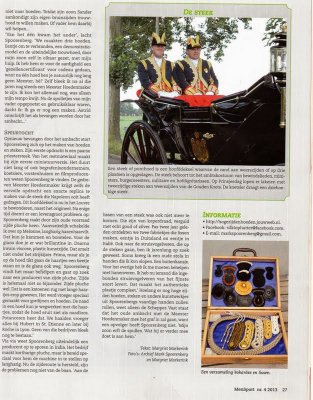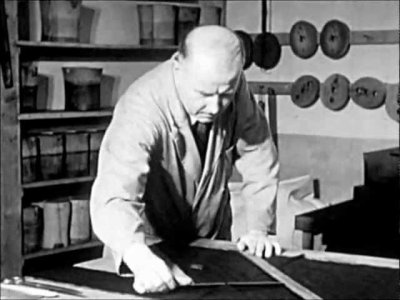Arthur Peppe Top hat. Lower crown and fairly straight crown (less bell shaped). The brim treatment is not as sharp as on some other top hats, but other than that the finishing on this one is excellent.
The crown patch is heavy paper, as it usually is, bit the sides are lined with silk and sewn in under tension, which is certainly not always the case (paper is far more common). The sweatband is lacquered white, which is also a nice detail and would have been seen as appropiate with white tie affairs.








Couldn't find anything about Arthur Peppe, except these two pics of the store in 25 Leys Straat, Antwerp. The shop did make it past WWII, because I have a hat from the sixties naming Etienne Peppe as the shop owner. The hat could certainly have been made in house; the liner crest points in that direction somewhat.


The crown patch is heavy paper, as it usually is, bit the sides are lined with silk and sewn in under tension, which is certainly not always the case (paper is far more common). The sweatband is lacquered white, which is also a nice detail and would have been seen as appropiate with white tie affairs.
Couldn't find anything about Arthur Peppe, except these two pics of the store in 25 Leys Straat, Antwerp. The shop did make it past WWII, because I have a hat from the sixties naming Etienne Peppe as the shop owner. The hat could certainly have been made in house; the liner crest points in that direction somewhat.
